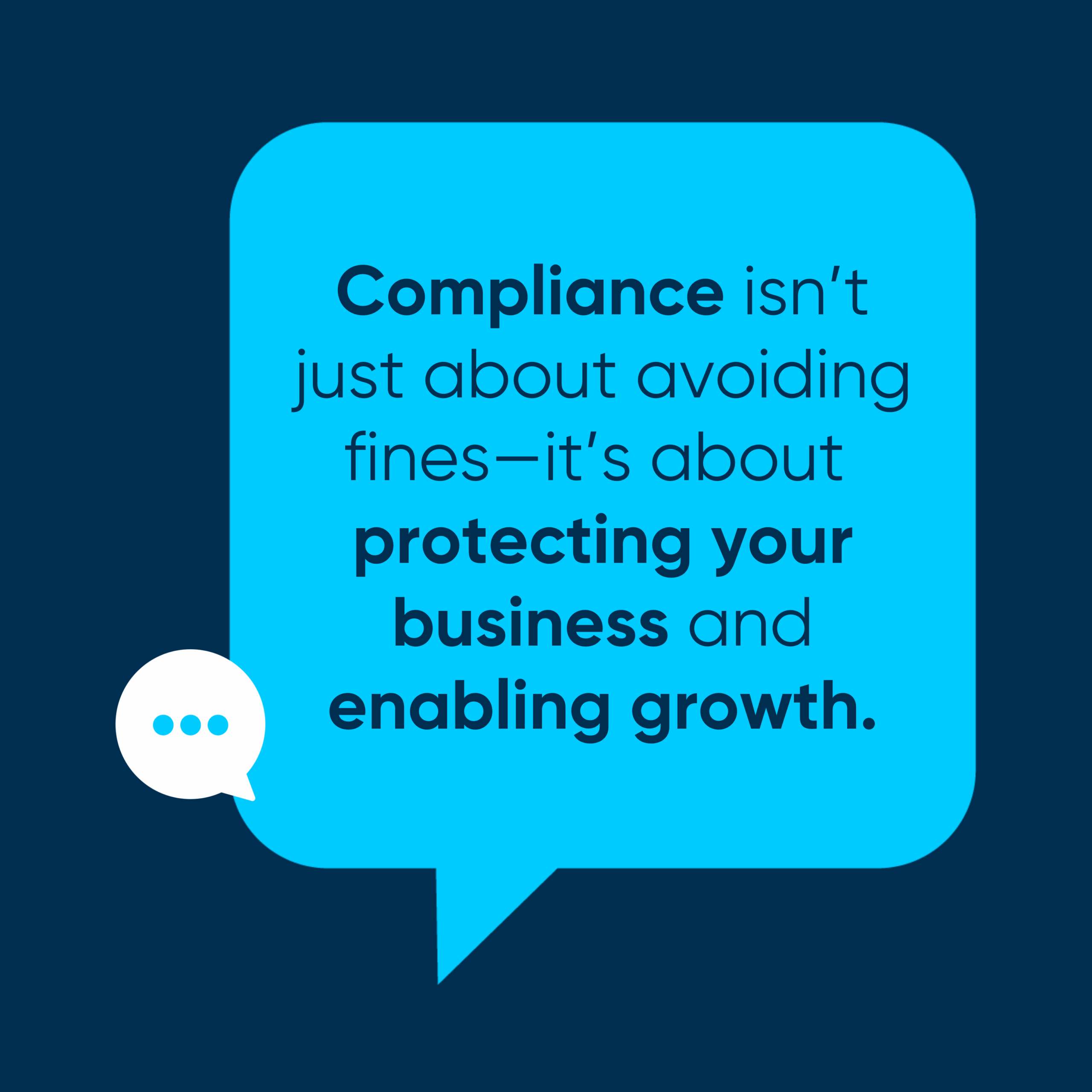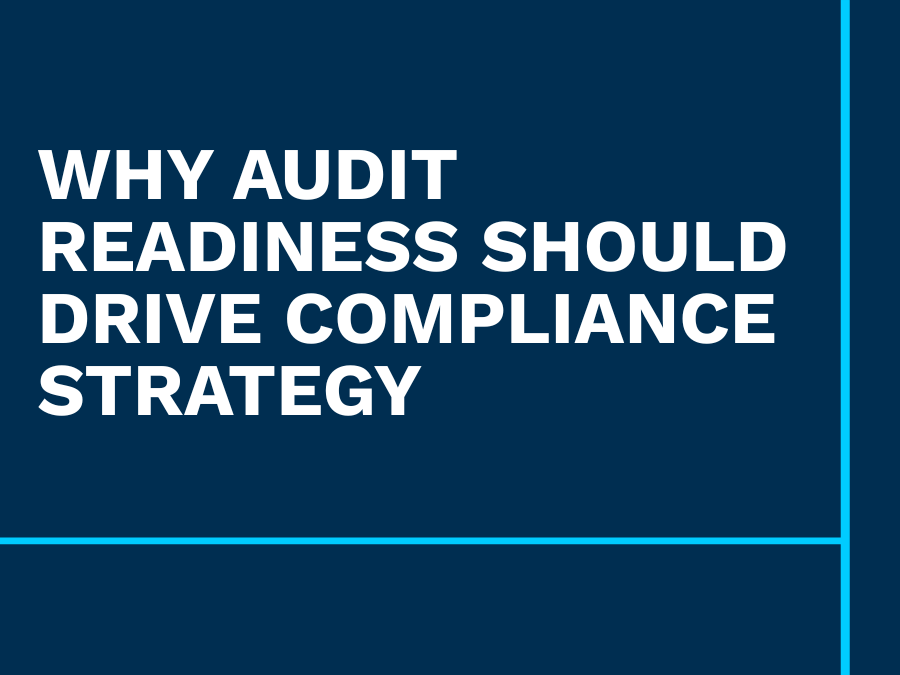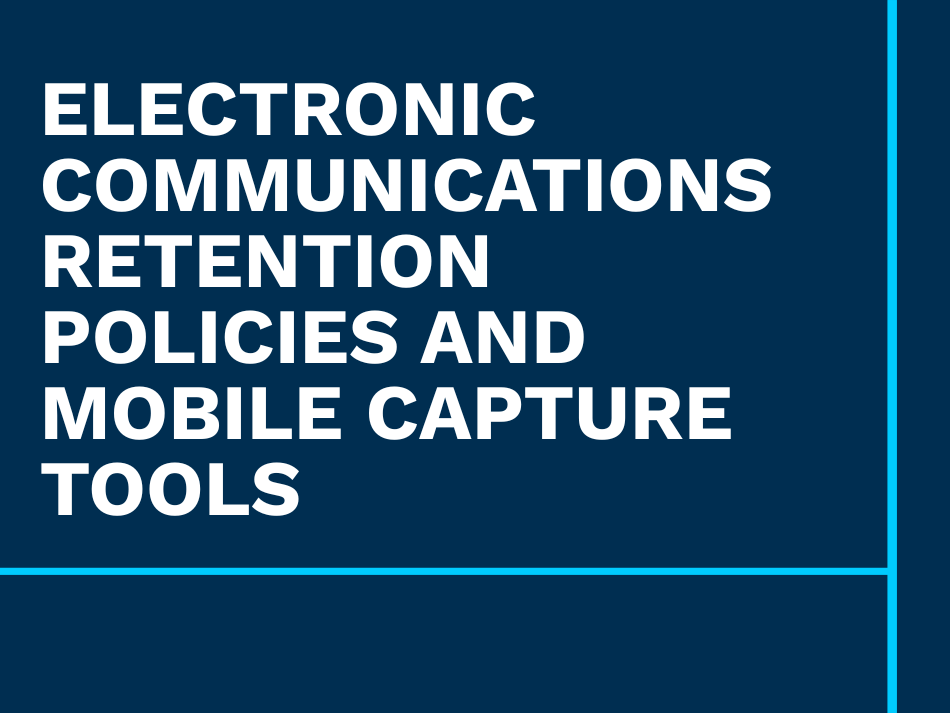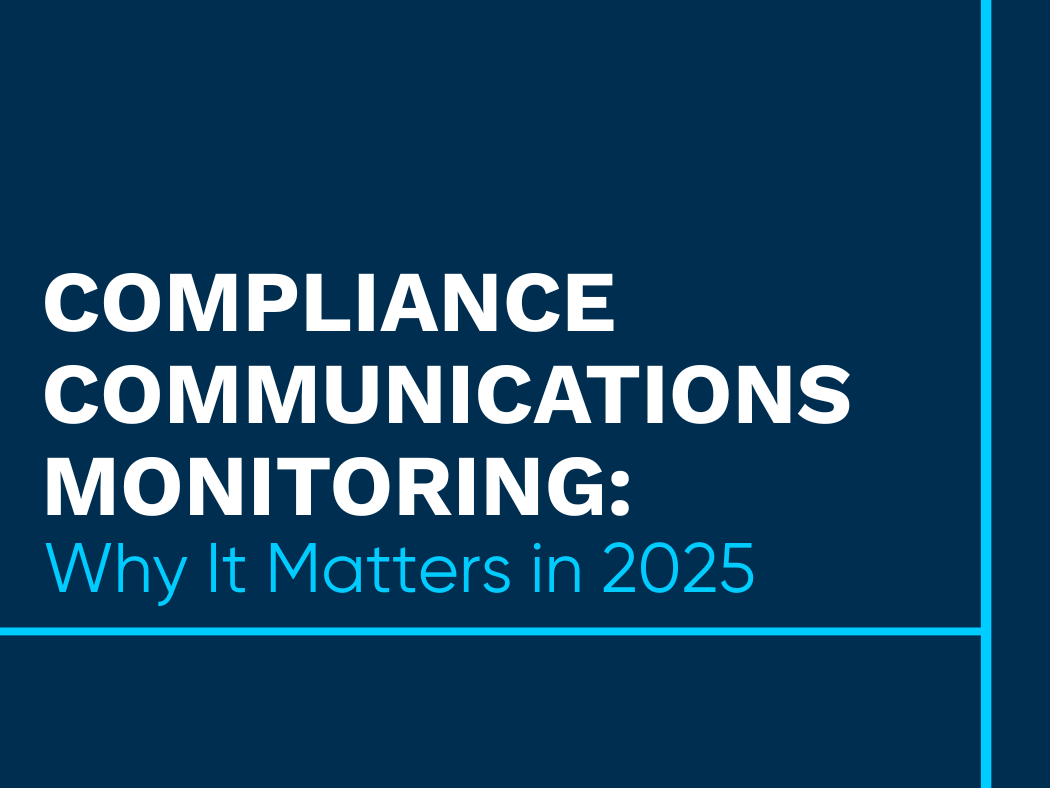Creating a Culture of Compliance: How Leading Teams Make It Stick


In regulated industries, compliance failures aren’t just expensive—they’re existential. But achieving compliance isn’t about one-time checklists or isolated trainings. It’s about building a culture where doing the right thing is the norm.
A culture of compliance empowers teams to make smart decisions, reduces audit risk, and turns security into a competitive advantage. Here’s how forward-thinking companies are making it happen:
1. Set the Tone at the Top
Leadership defines culture. When executives visibly embrace compliance—attending trainings, enforcing policies, and using approved tools—they send a clear message: this matters.
A Harvard Business Review study found that ethical tone from leadership significantly reduces noncompliance across teams. Conversely, when leaders ignore or bend the rules, employees are more likely to do the same.
How to implement:
- Include compliance updates in company-wide meetings
- Have leaders co-sign policy changes and trainings
- Equip managers to lead by example, not just enforce rules
2. Build Policies People Can Actually Use
Policy is only powerful when it’s understood. Yet too many compliance teams publish 20-page manuals filled with legalese. Real culture change requires accessible, real-world guidance.
According to Gartner, compliance programs that emphasize clarity and relevance outperform those that rely on passive reading or legal documents.
Best practices:
- Use plain language with real-life scenarios
- Break policies into role-based quick guides
- Add visuals: charts, flowcharts, and short videos
Download our “What Compliance-Ready Looks Like in 2025” checklist to audit your readiness.
3. Train Continuously, Not Just Annually
One-and-done training doesn’t cut it anymore. Risks evolve. So do regulations. Employees need ongoing exposure to compliance concepts—especially in high-risk areas like mobile communication, data sharing, and third-party tools.
The most effective programs are interactive, bite-sized, and built into daily workflows.
Suggestions:
- Host short monthly refreshers with real examples
- Run simulated audits or policy decision trees
- Tie training completion to team goals or incentives
4. Make Compliance Seamless with Smart Tools
Culture fails when compliance becomes a burden. If your policies require employees to jump through hoops—or worse, track things manually—they’ll eventually cut corners.
Use tools that embed compliance into workflows. For example, SnippetSentry’s HubSpot integration automatically captures SMS, WhatsApp, and iMessage threads from known contacts—logging them compliantly and securely without IT lift.
This approach is essential, especially in the wake of SEC fines exceeding $2.6 billion for untracked communications.
Look for tools that:
- Automate recordkeeping
- Minimize manual entry
- Work across devices and apps
5. Celebrate and Sustain the Culture
Finally, great cultures reward the right behavior. That means recognizing people who proactively surface risks, follow policies under pressure, or help others do the same.
Consider adding compliance to your performance reviews or OKRs. Celebrate early reporting and near-miss prevention, not just full-blown crises.
Ideas:
- “Compliance Champion” shoutouts in all-hands meetings
- Slack badges or team awards
- Friendly contests around completing trainings or policy reviews
Compliance isn’t just about avoiding fines—it’s about protecting your business and enabling growth. Treat it like the strategic asset it is.
Next Step:
Want to embed compliance into your culture without disrupting workflows?
👉 Request a walkthrough of SnippetSentry
👉 Read how other compliance leaders are adjusting their mobile compliance strategy
👉 See how our mobile sync works inside HubSpot





